Invasive species are a lot like...breakfast!
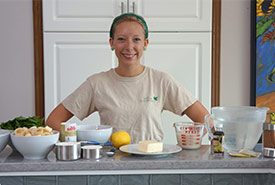
Maggie Cascadden demonstrates how BaDandelion muffins are made (Photo by NCC)
Weeds: every lawn, garden and even sidewalk seems to have them. They are pesky and stubborn, and have been known to cause severe frustration. A weed is classified as invasive when it travels 100 metres within 50 years, which is really fast...
Can battling invasive species be a mistake? (Part Two)
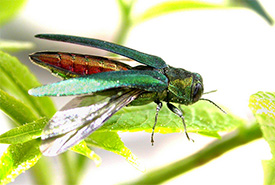
Emerald ash borer adult (Photo by by U.S. Department of Agriculture)
In Part One, I discussed the prevalence of invasive species in contemporary ecosystems and questioned whether we should even spend time and resources battling them. I also discussed the "Tens Rule" in invasion biology, which suggests that only a...
Can battling invasive species be a mistake? (Part One)
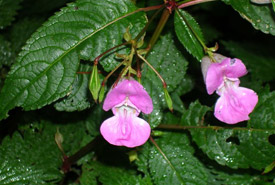
Himalayan balsam (Photo by Keith Williamson)
As a conservation organization, the Nature Conservancy of Canada spends a considerable amount of time and resources controlling invasive species. In some ways, this seems contradictory. Why would an organization tasked with conserving the natural...
Beetles: Nature's mess and soil pollinators
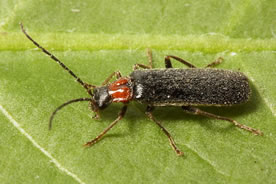
Soldier beetle (Photo © Stephen Luk)
Pollinators are extremely important. Not only are they responsible for one out of every three bites of food we eat, but they are vital in creating and maintaining the habitats and ecosystems on which many animals rely for food and...
Bees: Nature's busy farmers
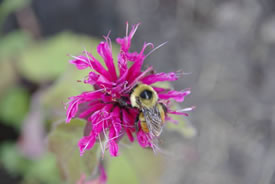
Bee balm (Photo by NCC)
Pollinators are extremely important: not only are they responsible for one out of every three bites of food we eat, but they are vital in creating and maintaining the habitats and ecosystems that many animals rely on for food and shelter. Bees...
A fine balance: An update on the Poweshiek skipperling
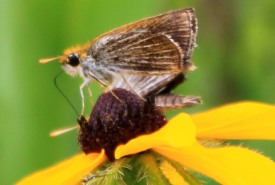
NCC’s Tall Grass Prairie Natural Area protects Canada’s only population of endangered Poweshiek skipperling. (Photo by NCC)
It may be a small and unassuming species, but for a few years now scientists in both Manitoba and the U.S. have been playing close attention to the Poweshiek skipperling. The small, brownish butterfly — about the size of a loonie — was...
Moths and butterflies: What we're doing to help these little-known pollinators
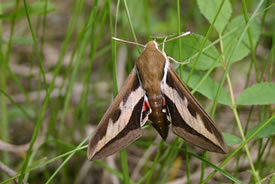
Sphinx moth (Photo © Manitoba Museum)
Bees are well known for their ability to pollinate flowers but there are other pollinators out there, including moths and butterflies. Moths pollinate flowers both during the day and at night. This summer, Nature Conservancy (NCC) staff will be...
Have you heard the one about the fun guys (fungi)? For Canada's bats and frogs, they're no April Fool's joke
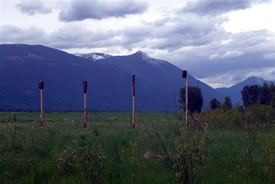
The newly erected bat houses (Photo by Cori Lausen)
The Frog Bear Conservation Corridor in British Columbia’s Creston Valley has received a lot of attention for its promise of protecting migratory habitat for creatures large and small. Grizzly bear and elk share these lands with migratory...
Buzzword biodiversity
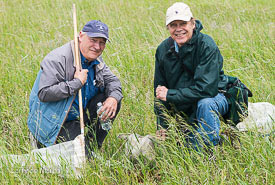
L to R: Terry Galloway and Bob Wrigley (Photo by Larry de March)
Biodiversity is a relatively new word in the conservation arena. Broadly defined, the term refers to the number of species in, or biological richness of, an area. In spite of biological inventories and diverse studies carried out over centuries...
Lichen hotspot discovered on Prince Edward Island
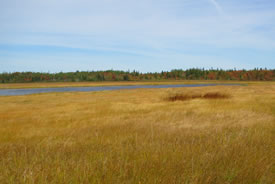
North Enmore nature reserve, PEI (Photo by Troy McMullin)
In the fall of 2014 my colleague, Rachel Deloughery, and I travelled throughout Prince Edward Island in search of lichen. We visited 63 locations that had the potential of being good lichen habitat. Many of the areas were rich with lichens, but...

